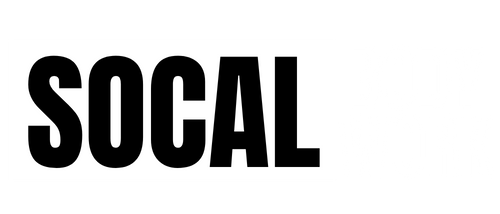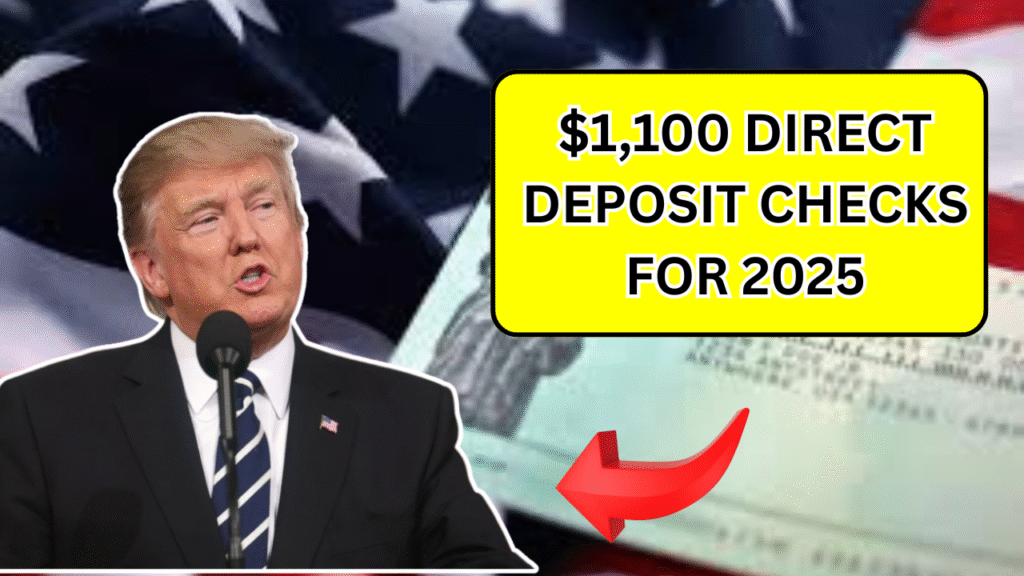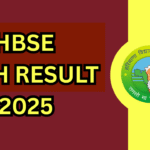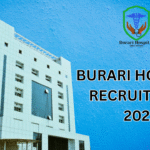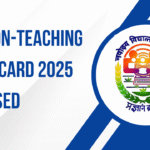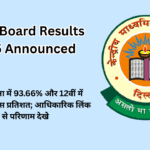As the financial impact of the ongoing economic challenges continues to affect many, the U.S. government is stepping in with direct relief payments. In 2025, eligible Americans can receive $1,100 through direct deposit as part of a new stimulus package aimed at supporting households in need. Here’s everything you need to know about these payments, including eligibility criteria, payment dates, and how you can check if you qualify.
What Are the $1,100 Direct Deposit Payments?
The $1,100 direct deposit checks are part of the federal government’s ongoing efforts to provide economic relief to citizens struggling with financial hardships. These payments are designed to help individuals and families manage rising living costs, medical bills, housing expenses, and other essential needs.
While these payments are not the first form of relief issued by the government, they are a continuation of efforts to support the most vulnerable populations. The checks will be sent out directly to individuals’ bank accounts, but those who did not provide bank details during their tax filing will receive paper checks.
Who Is Eligible for the $1,100 Payment?
Eligibility for the $1,100 direct deposit payment depends on a few key factors, including your income level, tax filing status, and whether you have filed taxes for the previous year. Here’s a breakdown of the eligibility requirements:
- Income Requirements:
- Individuals who earn less than $75,000 annually may be eligible for the full payment.
- Married couples filing jointly must have an income of less than $150,000 to qualify.
- For heads of household, the income threshold will vary depending on the number of dependents and overall household income.
- Tax Filing Status:
- To qualify for the $1,100 payment, individuals must have filed their taxes for the previous year. If you haven’t filed yet, you’ll need to do so promptly to ensure you receive your payment.
- Dependents:
- Families with children or other dependents may receive additional benefits based on the number of qualifying dependents in the household.
- Social Security Recipients:
- If you are receiving Social Security, including SSI or SSDI, and meet the income and filing requirements, you are also eligible for this payment.
- Other Special Cases:
- Veterans, unemployed workers, and essential workers who meet the income requirements may also qualify for these payments.
Payment Dates and Schedule
The $1,100 direct deposit checks will be distributed in two primary waves. The first wave of payments will be sent out on April 1, 2025. This will include individuals who filed their taxes early and met the basic eligibility criteria. The second wave of payments, slated for April 15, 2025, will include those who filed taxes later or met additional qualifications.
If you didn’t provide direct deposit information during tax filing, you may receive a paper check after the direct deposit payments have been sent. This could take several weeks, so be prepared for a slightly longer wait.
For more details, you can check the IRS website to confirm your eligibility and the status of your payment.
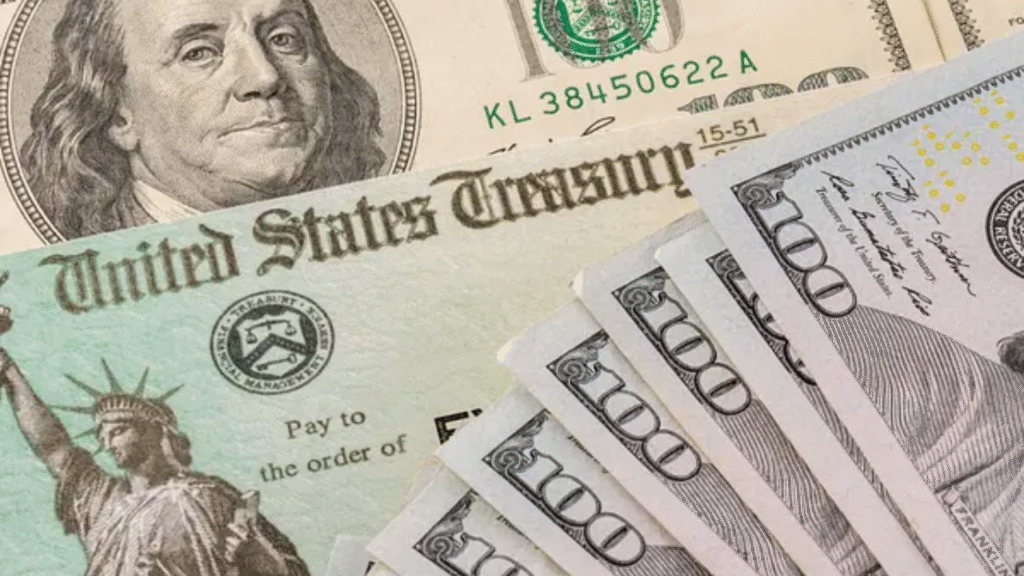
How to Check if You Qualify
To check if you qualify for the $1,100 direct deposit payment, the IRS offers an online tool called the “Get My Payment” tool. This tool allows you to check your payment status, verify your direct deposit details, and get information about when you can expect your check. You can find this tool on the official IRS website.
You’ll need to provide your personal information, including your Social Security number, date of birth, and address, in order to access your payment status.
What if You Haven’t Filed Your Taxes?
If you haven’t filed your taxes for the previous year, you should do so as soon as possible. Not filing your taxes could result in your disqualification from receiving the payment. Even if you have no income to report, you may still be required to file a simple tax return to ensure you qualify for the relief payment.
For individuals who are not required to file, such as seniors or individuals with low income, the IRS offers free filing options. The deadline for filing taxes is typically in April, but if you miss this, you can request an extension, although that may delay your payment.
What Should You Do If You Don’t Receive Your Payment?
If you believe you qualify for the $1,100 direct deposit payment but do not receive it, there are a few steps you can take:
- Check Your IRS Account: Use the “Get My Payment” tool to confirm your payment status and make sure the IRS has the correct information.
- Check Your Bank Account: Look for the direct deposit in your bank account. If you received a paper check instead, be sure to check the mail.
- File a Payment Trace: If the payment doesn’t appear after the expected date, you can file a payment trace with the IRS to track down the issue.
Conclusion
The $1,100 direct deposit checks are a vital form of financial relief for many Americans in 2025. Understanding the eligibility criteria, payment schedule, and how to check your payment status can ensure that you receive your share of the relief. If you are unsure about your eligibility or need more information, visit the IRS website for the most up-to-date details and resources.
